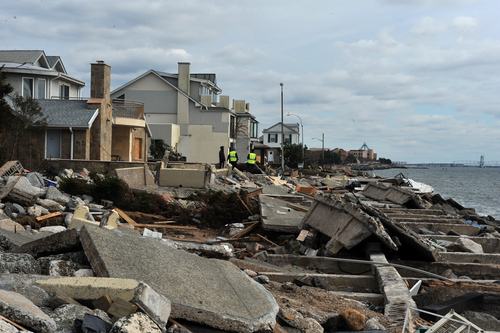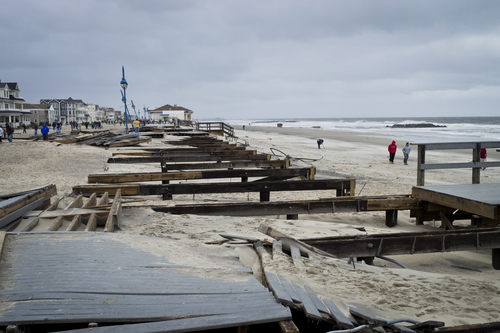Insurers have historically used FEMA’s Specific Rating Guidelines to calculate premiums for properties at high risk of flooding, particularly those built with the lowest floor elevation below the Base Flood Elevation (BFE). Prior to the National Flood Insurance Program’s extension in 2012 owners of these properties received subsidized rates well below the true flood risk. Many of these properties will now be rated using the Specific Rating Guidelines which FEMA released to the public last Wednesday.
The use of these new guidelines will undoubtedly result in significantly higher premium rates for many property owners in high risk zones. In its report FEMA stated that people whose properties are four feet below base flood elevation will see premiums totaling $95,000 over a 10-year period. These rates have many property owners and elected officials speaking out strongly against the reforms. Members of the Louisiana congressional delegation, including Senator Mary Landrieu (D), Rep. Bill Cassidy (R), and Rep. Cedric Richmond (D), have urged Congress to pass legislation that will delay or lower the rate increases. “I remain very concerned about the impacts these rate increases will have on homeowners and small businesses throughout our nation,” said Sen. Landrieu. Michael Hecht, president and CEO of Greater New Orleans, Inc., went every further stating that “flood insurance will be unaffordable for home and business owners across coastal and riverine America.”
In its guidelines FEMA did provide suggestions for property owners affected by the rate increases which include elevating the property above base flood level; however, this is often easier said than done. Flood insurance policies in the northeast offered an extra $30,000 to allow owners to elevate properties that had been damaged during Hurricane Sandy, but many property owners found that this amount would not cover all of the costs associated with elevating an entire property several feet above its original base. Other FEMA suggestions include adding flood vents to the property’s foundation, taking on higher deductibles, and working with local officials about community wide mitigation strategies.
The NFIP has become a major point of contention in light of the program’s fiscal crisis which was only exacerbated by Hurricane Sandy in 2012. House Financial Services Committee Chairman Jeb Hensarling (R-Texas) went as far as to vow that his committee would take up legislation to privatize the flood insurance market. The program is sure to draw more and more attention as rate increases go into effect October 1, 2013.


